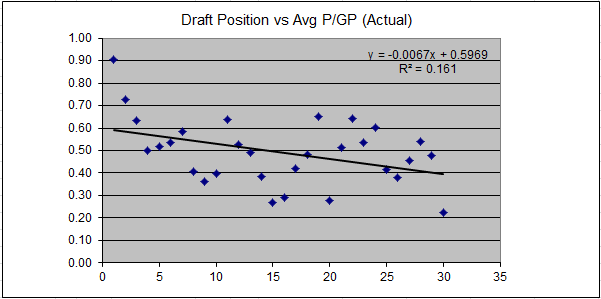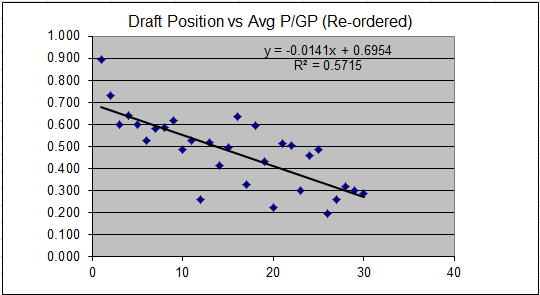Filthy Dangles
Registered User*
- Oct 23, 2014
- 28,486
- 40,014
Okay, so I felt this was deserving of it's own thread. Mods move or merge if you see fit...
Back on point, there has been a recent popular thread here talking about Alex DeBrincat and how him falling was simply because he was short. A premise which was properly dispelled by a few posters. DeBrincat had a few other legitimate concerns such as his skating and ability to create time and space for himself and if he was merely a product or finisher of elite linemates and play creators like McDavid, Strome etc.
Now to exhibit B, Brayden Point. He fell all the way to the 3rd round back in 2014 despite him not having the concerns Alex DeBrincat had. This appears more of an example of a player who might have fell because of size.
Point lit up the Western League in his Draft season. On a bad team full of overagers, he scored 91 points and led the team in Goals and Assists. The next leading scorer on that Moose Jaw team was a D+2 nobody who had 55 points, almost 40 less than Point. Clearly, Point was not leeching off anyone and could create his own time and offense (at least in the Western league).
So how on Earth did he fall all the way to Round 3? 2014 was a while ago, 2 years before DeBrincat was drafted. I wonder if the old-school mentality was still a factor that discriminated against pure size? 2014 was still an era in the NHL that was loaded with goons before they were weeded out a few years later.
Was he underscouted? Was it size? Was it somehow projection (I don't see how)....I don't recall a major injury or off ice thing....
Back on point, there has been a recent popular thread here talking about Alex DeBrincat and how him falling was simply because he was short. A premise which was properly dispelled by a few posters. DeBrincat had a few other legitimate concerns such as his skating and ability to create time and space for himself and if he was merely a product or finisher of elite linemates and play creators like McDavid, Strome etc.
Now to exhibit B, Brayden Point. He fell all the way to the 3rd round back in 2014 despite him not having the concerns Alex DeBrincat had. This appears more of an example of a player who might have fell because of size.
Point lit up the Western League in his Draft season. On a bad team full of overagers, he scored 91 points and led the team in Goals and Assists. The next leading scorer on that Moose Jaw team was a D+2 nobody who had 55 points, almost 40 less than Point. Clearly, Point was not leeching off anyone and could create his own time and offense (at least in the Western league).
So how on Earth did he fall all the way to Round 3? 2014 was a while ago, 2 years before DeBrincat was drafted. I wonder if the old-school mentality was still a factor that discriminated against pure size? 2014 was still an era in the NHL that was loaded with goons before they were weeded out a few years later.
Was he underscouted? Was it size? Was it somehow projection (I don't see how)....I don't recall a major injury or off ice thing....


